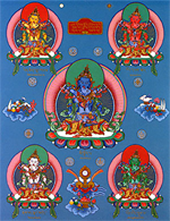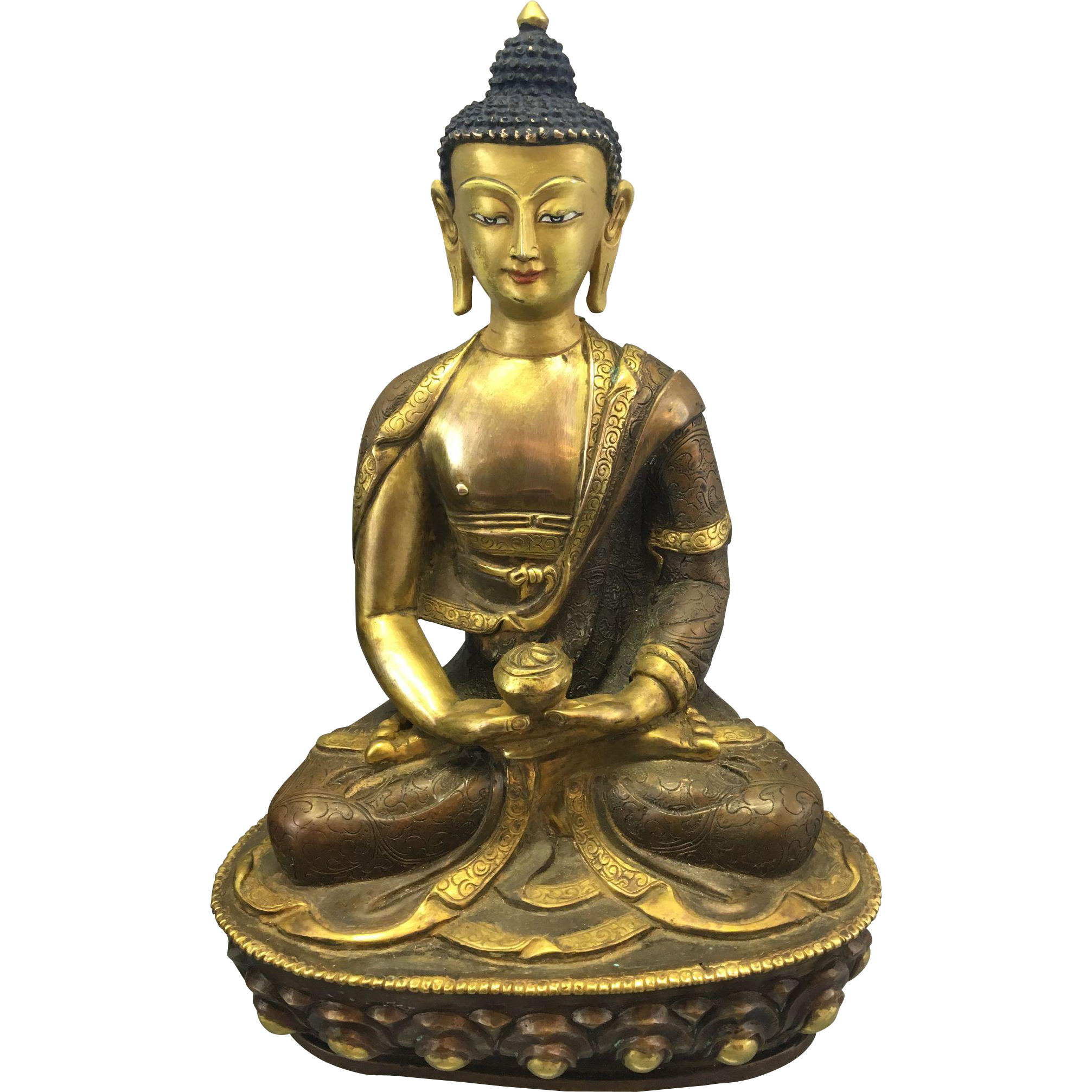Welcome to our ninth online suggested practise for the week. We are now broadcasting a live teaching each Monday evening. If you would like to participate please contact us using the contact form on the homepage.
1.0) If you feel so inclined, begin by reciting the usual prayers (please follow below links for text). Alternatively, try to think or articulate a wish for all beings to achieve liberation from suffering, etc .
- Four Thoughts: contemplating each in turn – http://northantsbuddhists.com/the-four-thoughts/
- Refuge Prayer: twice in Tibetan, once in English – http://northantsbuddhists.com/the-refuge-prayer/

The Buddha taught that everything that ever was, is or will be, is contained within what he called the five heaps (skandhas in Sanskrit) or “groups” comprising ALL experiences as well as the experience, being the ego.
The Five Skandhas comprise all “forms” and bodies as assemblages of earth, water, fire and air.
The remaining four skandhas comprise ALL of our sensory, perceptual and psychological components as well as the ego.
The Buddha said our cause of suffering is due solely to a false identification occurring in the mind, that identifies our true Buddha Awareness as being the five skandhas; physical body, mind and ego.
Regarding all inner and outer displays of the five skandhas, the Buddha taught that one must differentiate our true Buddha Awareness as being other than, and prior to: all forms, feelings, perceptions, mental constructions, and our conceptualizing consciousness as ego, by addressing them as:
“This is not mine, this is not I, this is not myself”.
Origin of Thought, Origin of Samsara:
Where do thoughts come from? You can sit still and notice thoughts “just appear” out of nowhere.
All thoughts arise from the subconscious mind as the control center of the organism.
The self identity, felt as “me”, also arises from the subconscious processing center; as a cumulative aggregate of prior conditioning, memories and genetic proclivities.
We can sit and notice thoughts come and go, all appearing in an awareness which doesn’t come and go. Thoughts come from the subconscious mind, but the awareness which observed the thoughts, does not come from the subconscious mind. That “observing awareness” is separate and independent from the subconscious mind, like reflections are not the transparent glass of a mirror.
Our true nature is the “observing awareness” which is independent from the subconscious mind’s products of thoughts, emotions, identities and suffering.
The subconscious mind produces and maintains the delusional state of samsara and its egoic self-identity. Its main concern is the survival of the physical body and its reproduction.
So, just observe the subconscious mental and emotional processes (thoughts and feelings) as they arise and distinguish between the “observing awareness” from those observables.
Eventually, the clouds of subconscious thoughts clear into the thought-free clarity of the “observing awareness”. Then thinking is replaced by an intuitive knowing of what is to be done next, un-influenced by subconscious, karmic mind and thoughts.
The “observing awareness” is like a neutral video camera that is in no way engaged with thoughts “about” what’s being videod. Experience is direct.
Soto Zen “Zazen” is exactly this method. It’s an effortless ramping up of the “observing” while down playing engagement in the arising thoughts. Remember, all thoughts are the product of karmic conditioning and ignorance.
The “observing awareness” is not a different “observing awareness” for each perceiver. There are no multiple “observing awarenesses”, only multiple minds.
~ Ringu Tulku
As the Buddha said, “Our lives are shaped by our minds; we become what we think.” In times of constant negative information about the pandemic situation, our minds tend to focus on negative ideas, chewing them over again and again, but we can learn to recognize that the thoughts and stories that appear in our minds do not necessarily match reality. Through awareness practice we can learn to make friends with our negative thoughts and find some relief from the anxiety and fear they provoke in us.
~ Yongey Mingyur Rinpoche
